Reporting on Card Sort question results
Learn more about viewing Card Sort data.
Access reporting
You can view your results in
Monitor and modern reporting.
Monitor displays up-to-date participation data
as responses are coming in. Modern reporting allows you to analyze Card Sort
responses in greater detail.
- To view participation
data, click
Monitor.
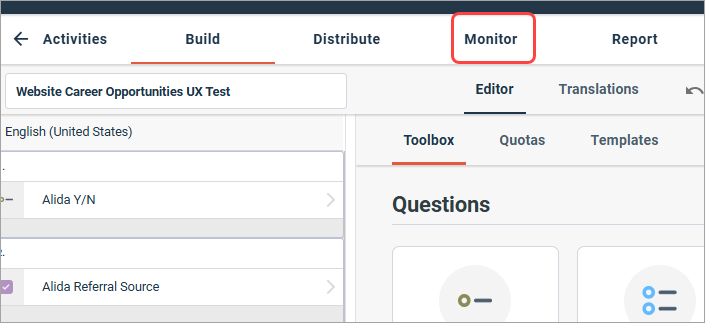
- Card Sort questions are
listed as part of the survey path. Completion, skip, and stop point information
is displayed for each of them.

- To view response data,
click
Report.
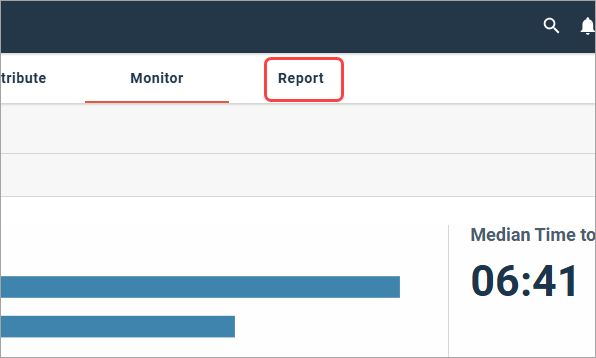
- Under
Modern Reporting, click
Get Started.
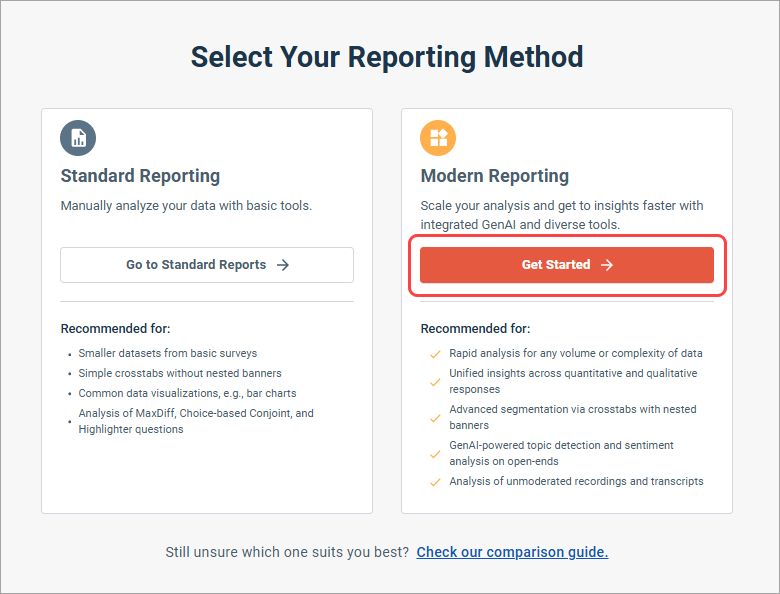
- Create a new modern report
or open an existing one.
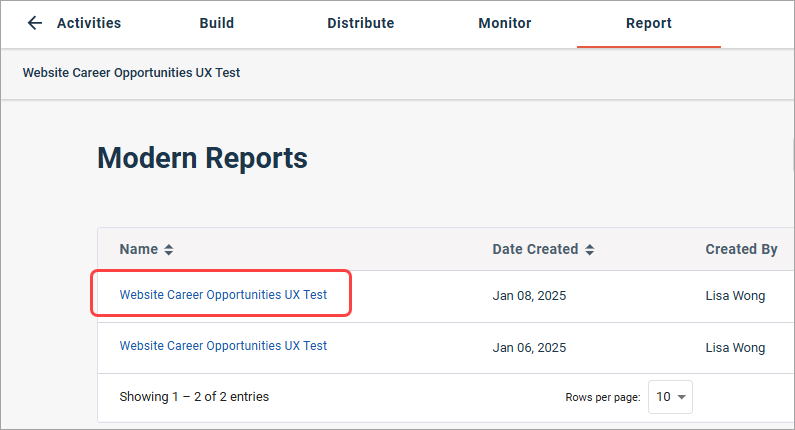
- Scroll to the Card Sort
question tile.
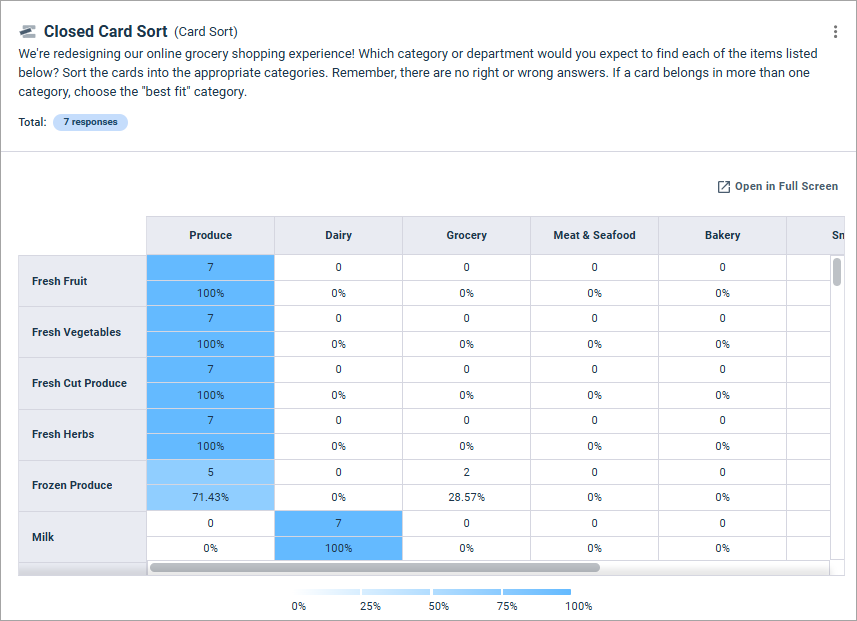
Card Sort question tile
The Card Sort question tile displays a similarity matrix that shows how often cards were grouped into categories.
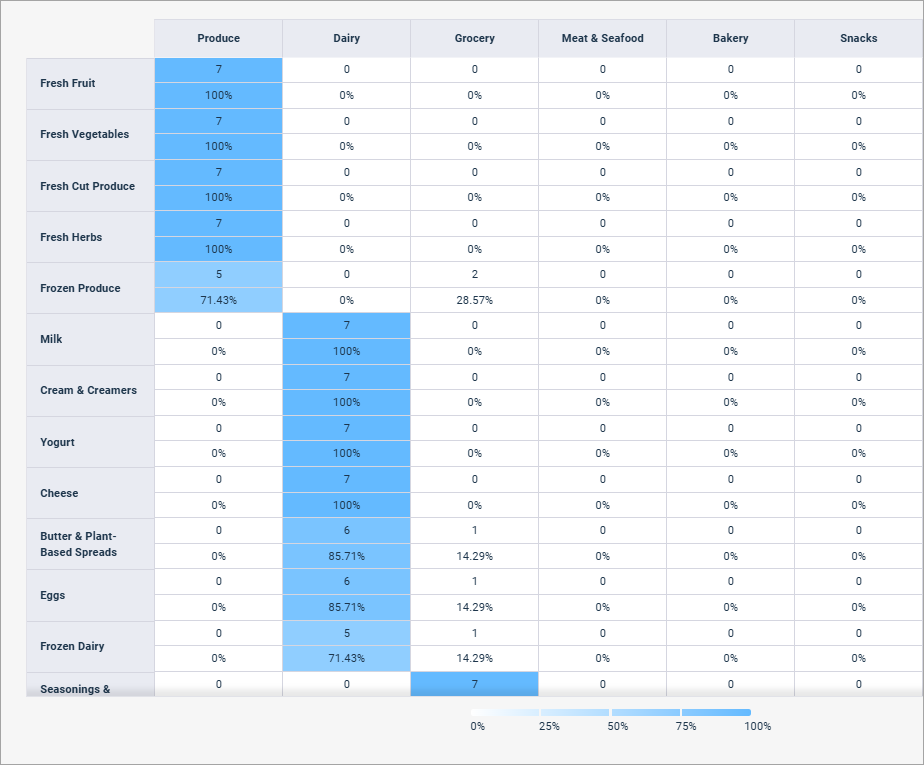
- The blue table cells indicate which cards were most frequently placed into the category.
- The darker the shade of blue in the table cell, the more frequently that card was placed in the category. Look at the legend at the bottom of the table to interpret the blue color-coding.
- The values in the table cells indicate the percentage or count of responses that placed the card in the category.
- Cards are grouped together based on how frequently they were sorted into the category.
- Categories are displayed as column headers in authored order.
- Click Open in Full Screen to view the full table.
- Read the table from left to right, from the top row to the bottom row.
- Filter results to uncover specific insights.
- Export the results to CSV for further analysis.
Tip: As you're evaluating your Card
Sort data, use these questions to guide your analysis:
- Does the data validate your hypotheses about information placement and architecture? If not, what do you need to change?
- Are there unclear or misleading category labels that seem to confuse participants? What can you do to fix them?
- Which categories were most ignored? Is there an opportunity to simplify your information architecture by eliminating them?
- Which categories were overused? Is there an opportunity to split those into further categories?